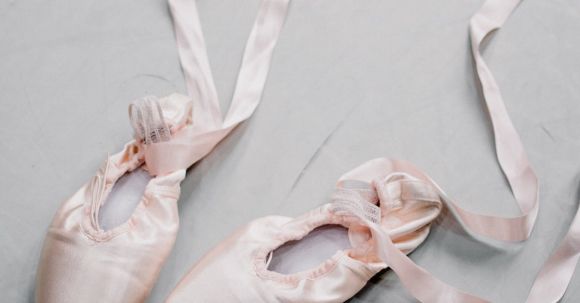Having good balance and stability is crucial for everyday activities such as walking, running, and even standing still. It helps prevent falls, improves athletic performance, and contributes to overall physical well-being. If you find yourself struggling with balance and stability, don’t worry – there are several exercises and strategies you can incorporate into your routine to improve these essential skills. In this article, we will explore some effective techniques to enhance your balance and stability.
Strengthen Your Core Muscles
One of the key factors in maintaining balance and stability is having a strong core. Your core muscles, including the abdominals, lower back, and hips, provide a solid foundation for the rest of your body. By strengthening these muscles, you can improve your overall stability.
To work on your core strength, try incorporating exercises such as planks, Russian twists, and bicycle crunches into your routine. These exercises engage multiple muscle groups and help develop a stable core, which is essential for maintaining balance.
Practice Yoga and Pilates
Yoga and Pilates are both excellent practices for improving balance and stability. These disciplines focus on alignment, flexibility, and core strength, making them ideal for enhancing your overall stability.
In yoga, poses such as tree pose and warrior III challenge your balance and help improve your body’s proprioception, or awareness of its position in space. Pilates exercises, on the other hand, often involve equipment such as stability balls or resistance bands, which help strengthen the muscles responsible for balance and stability.
Incorporate Balance Exercises
Specific balance exercises can target the muscles and neural pathways responsible for maintaining stability. One simple exercise you can try is standing on one leg. Start by standing near a wall or a sturdy object for support, then lift one leg off the ground and hold the position for as long as you can. As you progress, challenge yourself by closing your eyes or performing the exercise on an unstable surface, such as a foam pad.
Another effective balance exercise is the heel-to-toe walk. Imagine you are walking on a tightrope, placing one foot directly in front of the other with each step. This exercise helps improve your balance by challenging your coordination and strengthening the muscles in your feet and ankles.
Engage in Tai Chi
Tai Chi is a Chinese martial art that combines slow, flowing movements with deep breathing and relaxation techniques. It is known for its benefits in improving balance and stability, especially in older adults.
The slow, deliberate movements of Tai Chi require constant weight shifting, challenging your balance and coordination. Regular practice can help strengthen your leg muscles, improve your posture, and enhance your overall stability.
Maintain a Healthy Lifestyle
In addition to specific exercises, maintaining a healthy lifestyle can contribute to better balance and stability. Eating a balanced diet and staying hydrated can help keep your muscles and joints in optimal condition. Additionally, getting enough sleep and managing stress levels can improve your overall physical and mental well-being, which can positively impact your balance.
Conclusion: A Steady Foundation for Everyday Life
Improving your balance and stability requires consistent effort and dedication. By integrating core strengthening exercises, incorporating yoga or Pilates into your routine, engaging in balance exercises, practicing Tai Chi, and maintaining a healthy lifestyle, you can enhance your overall stability and enjoy the benefits of a steady foundation for everyday life. So start incorporating these techniques into your routine today and watch as your balance and stability improve over time.





